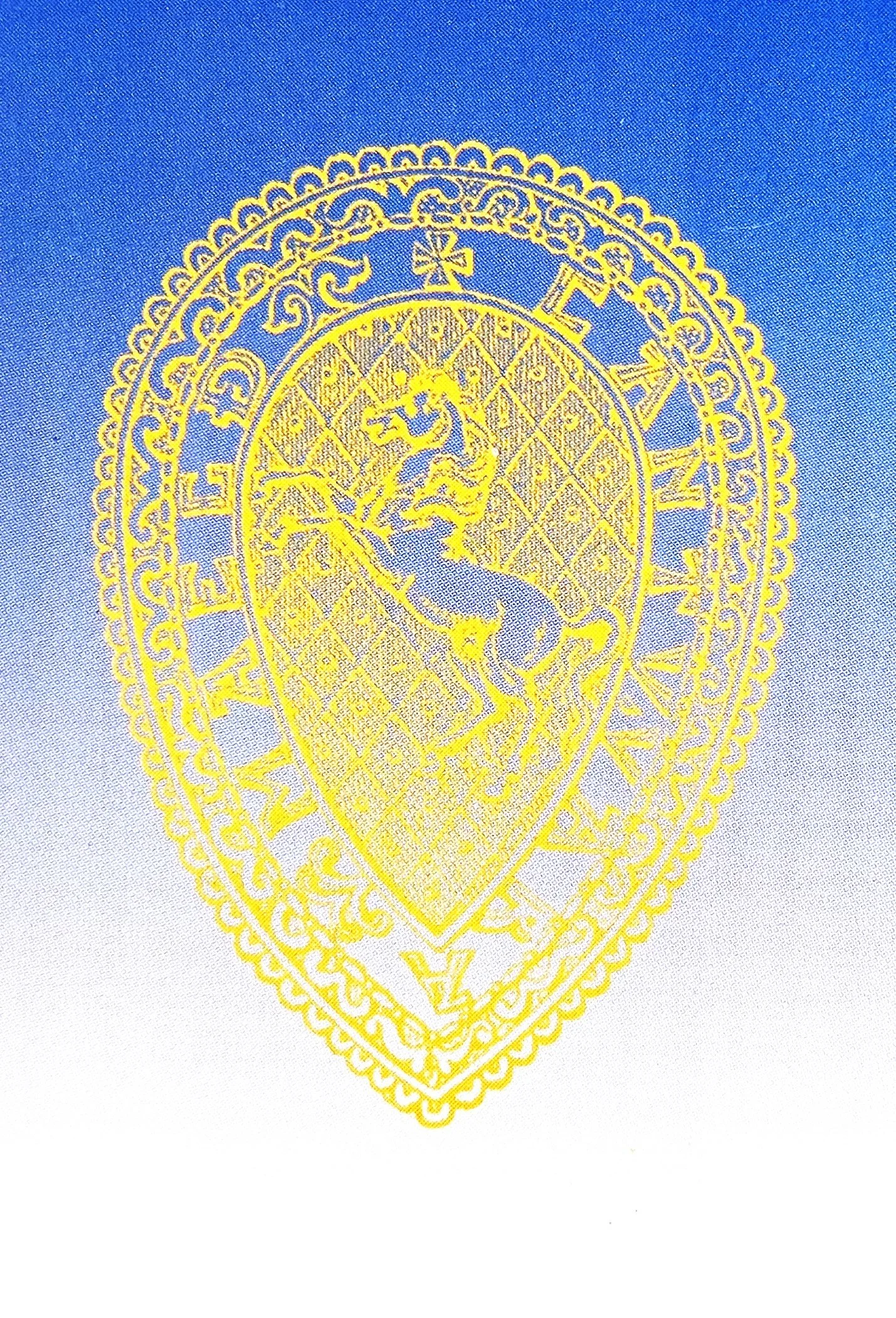
KAS Newsletter, Issue 52, Spring 2002
Contributions to the next issue are welcome. See the guidance for contributors and contact Editor Craig Campbell.
Search page
Search within this page here, search the collection page or search the website.
Brian Philp, Director, Kent Archaeological Rescue Unit ACIS, MBIM, MIFA, FSA
Do you know your f stops, focal lengths and filters?
KAS Newsletter, Issue 52 (Spring 2002). Maidstone: Kent Archaeological Society.
KAS Newsletter, Issue 52 (Spring 2002). Maidstone: Kent Archaeological Society.
KAS Newsletter, Issue 52 (Spring 2002). Maidstone: Kent Archaeological Society.
Shiela Broomfield, 2002, KAS Newsletter, Issue 52 (Spring 2002). Maidstone: Kent Archaeological Society.
KAS Newsletter, Issue 52 (Spring 2002). Maidstone: Kent Archaeological Society.
Dr. John Whyman, Chairman, Publications Committee, 2002, KAS Newsletter, Issue 52 (Spring 2002). Maidstone: Kent Archaeological Society.
KAS Newsletter, Issue 52 (Spring 2002). Maidstone: Kent Archaeological Society.
KAS Newsletter, Issue 52 (Spring 2002). Maidstone: Kent Archaeological Society.
KAS Newsletter, Issue 52 (Spring 2002). Maidstone: Kent Archaeological Society.
KAS Newsletter, Issue 52 (Spring 2002). Maidstone: Kent Archaeological Society.
KAS Newsletter, Issue 52 (Spring 2002). Maidstone: Kent Archaeological Society.











